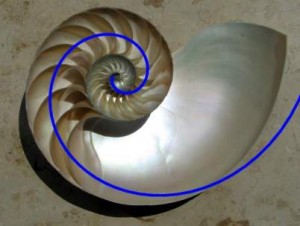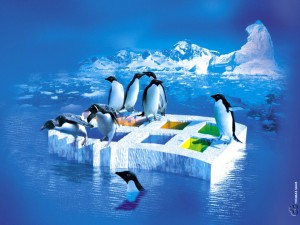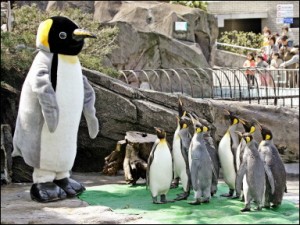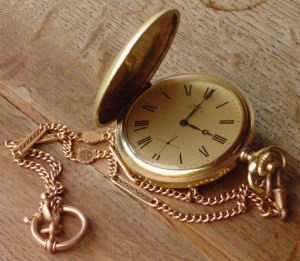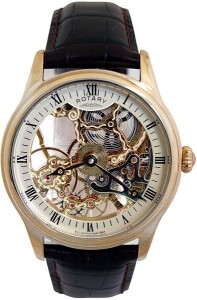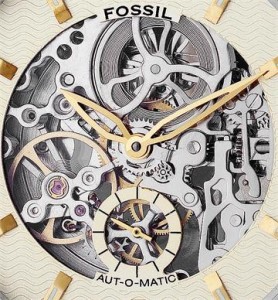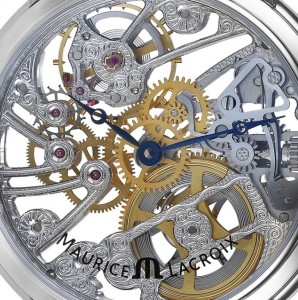I remember very well a certain day in math class in high school. It was algebra or something, and the teacher had just finished filling up the whiteboard with numbers and variables and equations– a step-by-step proof of how she had solved a particular problem.
And I remember looking at it and thinking it belonged in a book of poetry. Because there were patterns there; patterns and rhythm just like in a sonnet or some other verse, and it was telling a story, just like poems do.
And then I thought, “…does anyone else think like I do?”
This actually bothered me a lot throughout high school. In a time when we were supposed to be deciding what we wanted to be when we grew up, I struggled to decide if I was a writey/artsy person or a mathy/sciency person. Because public school made it all pretty black and white that way.
We took all sorts of tests to help sort of steer us in career directions. These did nothing but further muddle the issue to me. “Right-brained/left-brained” tests invariably stuck me right in the middle, 50/50. The “What Career is Best For You?” tests usually told me my top two career possibilities were “artist” and “analytical scientist”. And don’t get me started on those Myers-Briggs tests, which would tell me I was something completely different every time (“Introvert” being the only constant.)
As the whole university thing loomed closer this dilemma only got bigger, and it troubled me a lot because I felt as though I would never find a niche. All around me I saw the artsy kids and the mathy kids. And then there was me, writing love poems from the point of view of chemical elements. I felt as though I would never be able to find a niche.
This whole issue persisted through my rather haphazard college years, ultimately leaving me rather unsatisfied and wondering if I had made a bunch of wrong choices. (Although, looking back on it, I think I probably would have wondered the same thing regardless of what I majored in.)
Thus began the soul-searching and the wandering around, trying to figure out what I actually wanted to DO.
And finally– just over the past few months, really– I came to a conclusion that I should have come to a long, long time ago:
There is no hard line between my interests. Things aren’t black and white like that.
Instead of trying to choose between what seemed like conflicting interests, why couldn’t I embrace them all? And were they even actually conflicting in the first place, despite what had been drilled into me by neatly defined school classes?
The answer to that last question is no. Because there is beauty in function, and there is poetry in science. And the other way around, as well.
Of course, now that I have had this little epiphany of self-discovery… now comes the hard part, which is trying to figure out what one DOES if one likes a little art in one’s tech, or a little tech in one’s art.
…other than, you know, being drawn like a magnet to things that exemplify that train of thought.
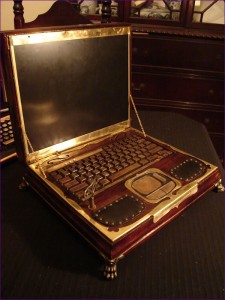
I’m still not quite sure what the answer to that question is, but I have faith that I will find it, somehow. It’s hidden away in the serpentine paths of cogwheels and in the milky orange-yellow-violet-white of glowing Neon and in the symphony of the melody of rain on my windshield and my car’s wipers keeping time. It’s in carbon, that element that is valuable as a diamond but even more valuable as the graphite in my pencil which I draw and write with. It’s in the sky and it’s in the extraordinarily complicated flying machines that allow us to experience the romance that is the sky. It’s a story that should no longer go untold. How am I gonna tell it? Well, frankly, your guess is as good as mine.
I do know one thing for certain, though. Question convention. Don’t just step outside of the box, but stop allowing yourself to be defined by it. You just might find yourself in the unlikeliest of places. And that’s probably a good thing.
